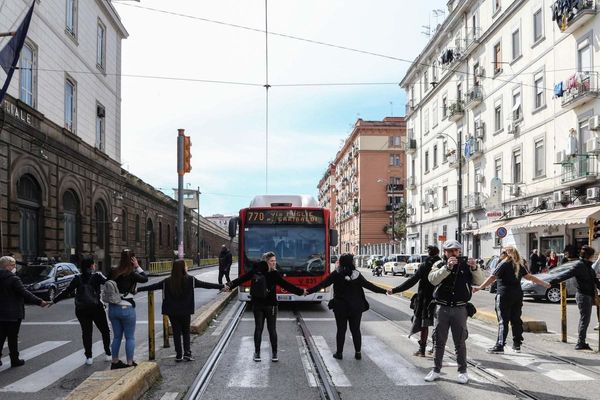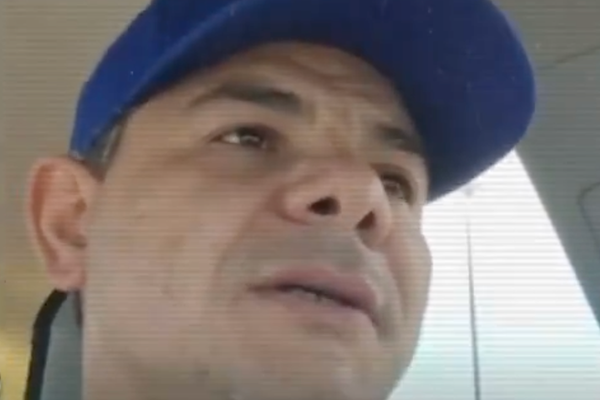Not giving anything away ... Ventura in Colossal Youth. Photograph: Pedro Costa
Pedro Costa's ultra-minimal Colossal Youth is not a film to be entered into lightly. Exiting from it, however, has proved less of an issue: walkouts, often en masse, have accompanied most screenings. At its notorious premiere at Cannes in 2006, Costa's film sent a triple-digited tally of bemused and angry audience members scurrying for the door. Time critic Richard Corliss dissuaded his opposite number at the Chicago Sun-Times, Roger Ebert, from seeing the film, warning that his wife Mary had fled the movie after 30 minutes because it "made her feel as if rats were fighting in her skull."
This week, the Institut Français has unleashed the full-on, pugilistic vermin experience for a six-day run. Should we be grateful for this opportunity? Actually yes, because reading certain other reviewers or festival-going bloggers you'll have caught scent of a contrary wind of opinion: those able to stay in their seats through the film's two and a half hours have been praising Colossal Youth in extravagant terms. Esteemed Chicago-based critic Jonathan Rosenbaum has called Costa's work the "cinema of the future", proposing that choosing between his films would be "like trying to compare Carl Dreyer's Day of Wrath, Ordet, and Gertrud: your preference will probably depend on which one you've seen last."
I went along on Saturday, a little reluctant to leave behind the warmest weather so far this year, but psyched up on hyperbolic notions that this was one of those line-in-the-sand moments wherein the adventurous minority had to stand together against the philistines and the reactionaries, to show solidarity with aesthetic vision and hard-line originality. I'm sure that was Costa I saw looking nervous on the curb outside, no doubt anticipating further walkouts; perhaps he didn't realise that any walkout would be all part of the experience, an affirmation of his film's rigour, its sheer, bedazzling newness.
It would be disingenuous to deny that Colossal Youth is a challenge. It comprises very long, mostly static shots of the residents of a rundown district of Lisbon. At its centre is Ventura, who, abandoned by his wife, is about to be relocated to a housing project from the slums he's used to, and who wanders his neighbourhood, dropping in on a motley band of unfortunates he erroneously calls his 'children'. The time Costa gives to these disenfranchised voices feels radical in itself, but through repetition of mantra-like dialogue and the director's meticulously controlled style, the film's dreadful ennui becomes hallucinatory.
It's been said that Costa has the eye of a still photographer, and true enough the film's most striking image, which frames Ventura against the vast alienating expanse of a new housing development, reminds me of this wonderful Henri-Cartier Bresson picture. It is typical of Colossal Youth's dreamlike environment, seemingly detached from the main hub of the city (which is only occasionally denoted by a distant hum of screeching traffic) and barely open to the elements - the few times we see the sky it is an abstract, blanched white. Far from realist, Costa's world is a deadly, Beckettian purgatory.
I left Kensington certainly a little perplexed, not sure what to make of the film's peculiar energies, but with a head full of indelible imagery, a lingering sense of sadness, though - mercifully - no rodents.







